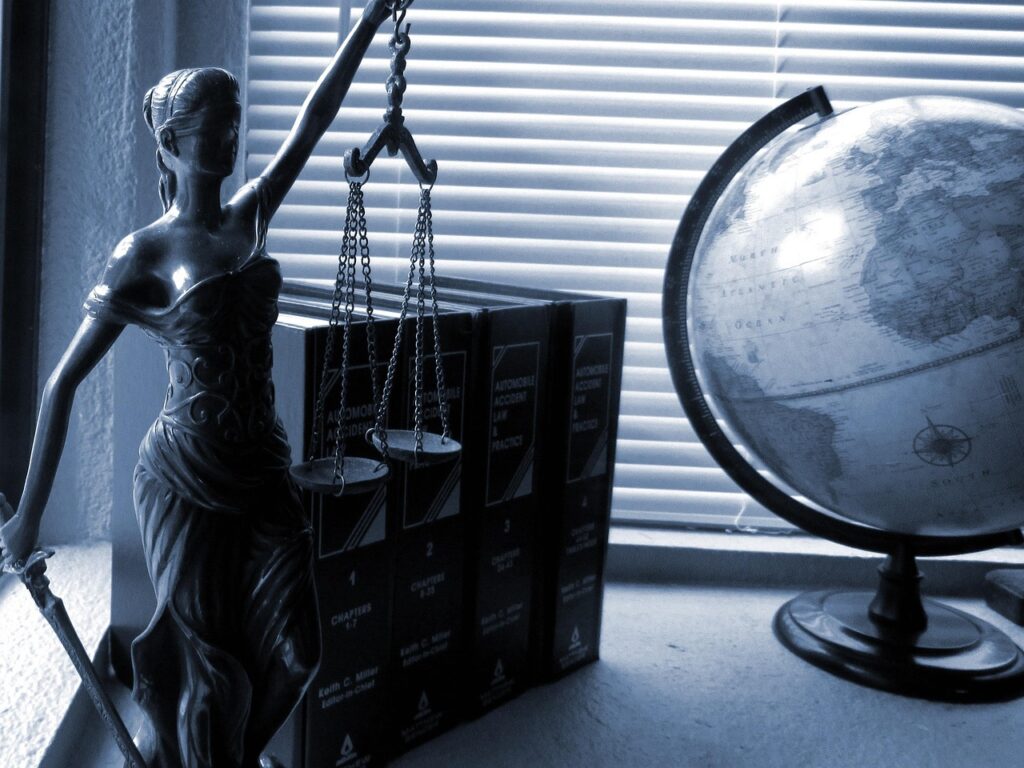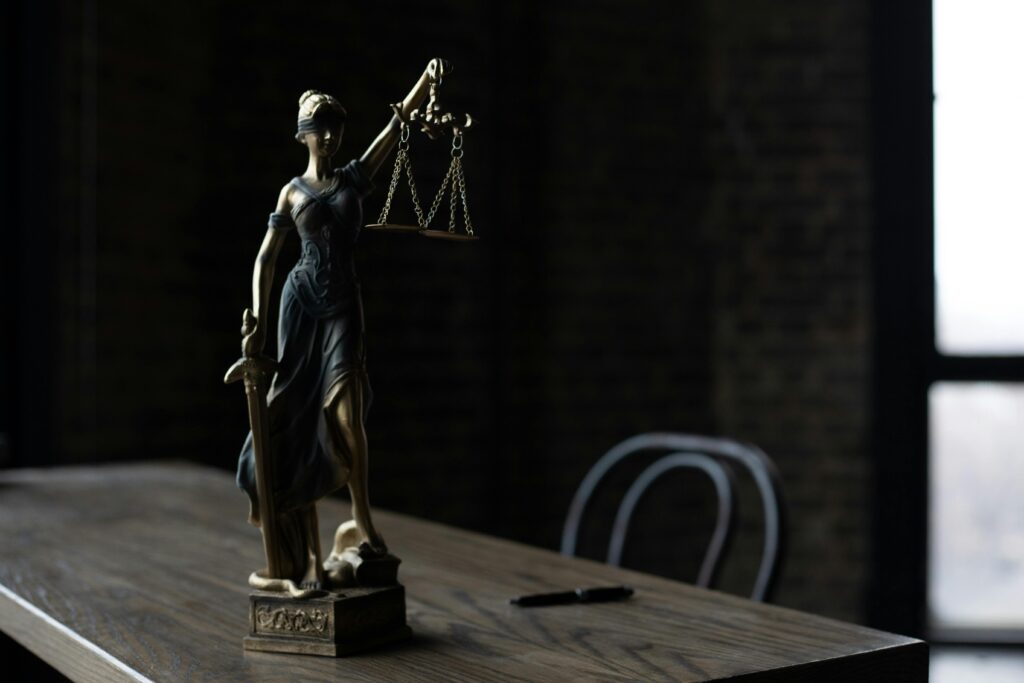Published On: 5th September, 2024
Authored By: Disha Bajaj
ILS Law College, Pune
Case: K.M. Nanavati v. State of Maharashtra on 24 November 1961.
1962 AIR 605, 1962 SCR SUPL. (1) 567, AIR 1962 SUPREME COURT 605, 1962 2 SCJ 347 1964 BOM LR 488, 1964 BOM LR 488.
Introduction
The Nanavati case was much more than a lawsuit; it was a social verdict on love, betrayal, and the bounds of human endurance. The frenzy of publicity attached to the trial created in the public mind an appetite for sensational court dramas that arguably continues to influence the media today. But more importantly, the case had a lasting impact on the Indian legal system. The jury system—an inheritance from the British—was abolished in criminal cases, a major departure from the colonial legal practices. It also refined the doctrine of grave and sudden provocation, spelling out the legal limits within which it could be invoked. The effects of the Nanavati case went much beyond the courtroom. It is a story that continues to reverberate, a cautionary tale of the human passion that has destructive power and complexity in justice. It is one of how tragedy can strike any life, no matter how perfect, into shattering heaps and consequences that go on shaking through generations. That of K.M. Nanavati versus the State of Maharashtra is a telling example of the complexities of human emotion, the intricacies of the law, and the eternal fascination with their junction. It was a case that burst forth beyond the confines of the courthouse to become an obsession of the nation, a cultural watermark, a forerunner, and definitely urged many vital legal reforms.
Facts:
Commander Kawas Manekshaw Nanavati was a Parsi and a British subject in the Indian Navy. He had married an Englishwoman, Sylvia, and they had three children. Nanavati’s naval duties used to keep him out of home for a long period of time, and during one such duty, Sylvia started an affair with businessman Prem Ahuja, who was Nanavati’s friend. It came to his knowledge when Sylvia confessed and told him about her affair with Ahuja. Nanavati went to Ahuja, in a completely shocked but calm manner, and asked him whether he was ready to marry Sylvia and adopt the children as his own. The reply from Ahuja was demeaning, and he enraged Nanavati, who shot him dead on the spot due to the hit of rage and sudden provocation. Nanavati surrendered himself to the police and consequently stood trial for murder. The case came before the sessions court for whom the jury system was still in vogue before it originally came to the High Court. When the case was initially tried by a jury, it acquitted him of the charges. The judge, in disagreement, referred the matter to the Bombay High Court, which overturned the jury decision and convicted Nanavati for murder. This case became a landmark in the history of Indian law with regard to the abolition of the jury system in criminal trials within India. Further, it puts forward the difficulty of the law with respect to the issue of provocation and the demarcation between murder and culpable homicide.
Issue:
- Whether the High Court had no jurisdiction under Section 307 of the CrPC to go into the facts for deciding the competency of the reference made by the Sessions Judge.
- Whether it had the power, on grounds of misdirection in charge, to strike aside a jury’s decision under Section 3073 of the CrPC.
- Whether there was misdirection in the charge at all.
- Whether the jury’s verdict was one that could have been made by a group of reasonable men under consideration of the facts as presented to them.
- Whether the act was done in “the heat of the moment” or whether it was a premeditated murder?
- Whether the pardoning power of the Governor and Special Leave Petition can be clubbed together.
Rule:
The major legal principle involved in this case, K.M. Nanavati, was distinguishing murder from culpable homicide not amounting to murder. Murder is defined under Section 300 of the Indian Penal Code as the act of culpable homicide committed by a person who intends to cause death or bodily injury likely to cause death. Under Section 304 of the Indian Penal Code, culpable homicide not amounting to murder is defined as culpable homicide, which is not murder. It consists of acts in which there is no intention to kill but rash or negligent acts that have resulted in death. The case thus revolved around whether Nanavati’s actions were those of murder or culpable homicide. The defense pleaded for the latter, arguing that Nanavati was incited by the reply from Ahuja, to which he had reacted in the heat of the moment. The prosecution argued for murder on grounds of premeditation. Also, the role of the jury in all this and the power of the judge to refer a case to the High Court in the event of a perverse verdict by the jury both ensure that in practice, the burden is on the prosecution to prove guilt beyond a reasonable doubt. Natural justice and the rule of law need to be upheld in trials. The main learning or takeaway from this case is that no matter the position of the accused, whether he be in whatsoever position, and whether public stands with the accused or deceased, it shall be the nature of the crime which will lead to the judgment of Hon’ble courts.
Analysis:
It was the contention on the part of the defense counsel appearing for Commander Nanavati in the Nanavati case that he acted under the influence of grave and sudden provocation, which alone could reduce the charge from murder to manslaughter under the then Indian law. Nanavati’s defense team presented evidence and raised arguments for proof of being fanned into a fit of rage for doing the act, thereby olishing the required element of intention for murder. They presented Nanavati as a cuckolded husband, bruised and emotionally distraught by his wife’s alleged infidelity. It was an appeal to the pathos of the jury and the people; after all, he is a respectable naval officer and a victim of circumstance. The case became a media sensation, in which the press and the general public were on the side of Nanavati, portraying him as a moral and ethical man misdirected in unfortunate circumstances. Indeed, this did influence the jury at the session court, and Nanavati was pronounced not guilty. However, the prosecution continued the appeal to the Bombay High Court, engaging the jury decision as influenced by media and public opinion. The test of “Grave and sudden” provocation under the Exception must be whether a reasonable man belonging to the same class of society as the accused, placed in a similar situation, would be so provoked as to lose his self-control. In India, unlike in England, words and gestures may, under certain circumstances cause grave and sudden provocation to attract that Exception. The burden of proving that it was an accident and not a pre-planned murder was on Nanavati. He was liable for the proof to show that it was an accident beyond a reasonable doubt. While considering all those facts and circumstances, the Court ultimately concluded there was no finding that the accused had developed self-control and was considering the future of his family. Thus, after the confession of Sylvia, he had ample time to get himself emotionally stable and calm. Therefore, his acts were done with premeditation and deliberate calculations. Hence, for him, the defense of grave and sudden provocation was not valid, and the act was regarded as a premeditated murder. It then went on to expatiate on the relationship between Article 161 of the Constitution placing the power to pardon with the Governor and extrapolating that he is empowered to forgive or reduce the punishment of the convicted, and Article 136 of the Constitution of India, which vests in the Supreme Court discretionary authority to allow special appeals to be made from any court or tribunal in India through a Special Leave Petition. It further explained that these powers cannot be exercised together, if one is exercised then the other cannot be exercised. The Court confirmed the decision of the High Court convicting the accused and awarded him life imprisonment. The evidence was found to support the decisions; there was no further need to interfere with it.
Conclusion:
The K.M. Nanavati case was one such landmark event through which the Indian legal system changed its course. It strongly brought home the fact that the law is above everything—above social pressures and above an individual’s status. It revealed flaws in a jury system where external influences, especially media sensationalism, could get verdicts of their choice. The acquittal of Nanavati by the jury, when the evidence against him was overwhelming, brought home the urgency to have criminal cases decided by a more impartial and objective judicial process. The abolition of the jury system in the trial of criminal cases thus became an imminent reform. The differentiation between murder and culpable homicide came into sharp focus, and there arose the felt need for a proper understanding of these legal concepts. The High Court’s reversal of the verdict thus gave due recognition to judicial scrutiny and the supremacy of evidence over public opinion. Further, this Nanavati case itself provided a lesson pertaining to the impact which media coverage could have on legal judgment. Extensive coverage by the press heightened public interest but created an atmosphere of prejudgment, influencing perception of the public and indirectly, the verdict of the jury. This case proved that it was time for a more balanced and responsible media behavior regarding cases relating to the law. In sum, the K.M. Nanavati case built the momentum that brought about major legal reforms in India. It upheld the supremacy of the law, pointed out the flaws of the jury system, and reiterated the fact that the Judiciary does play a very important role in ensuring justice. Though, in itself, the case was a tragedy, its aftermath has effects that last till this day, only serving to profoundly impact the manner in which India dispenses its justice within the Indian legal framework.




